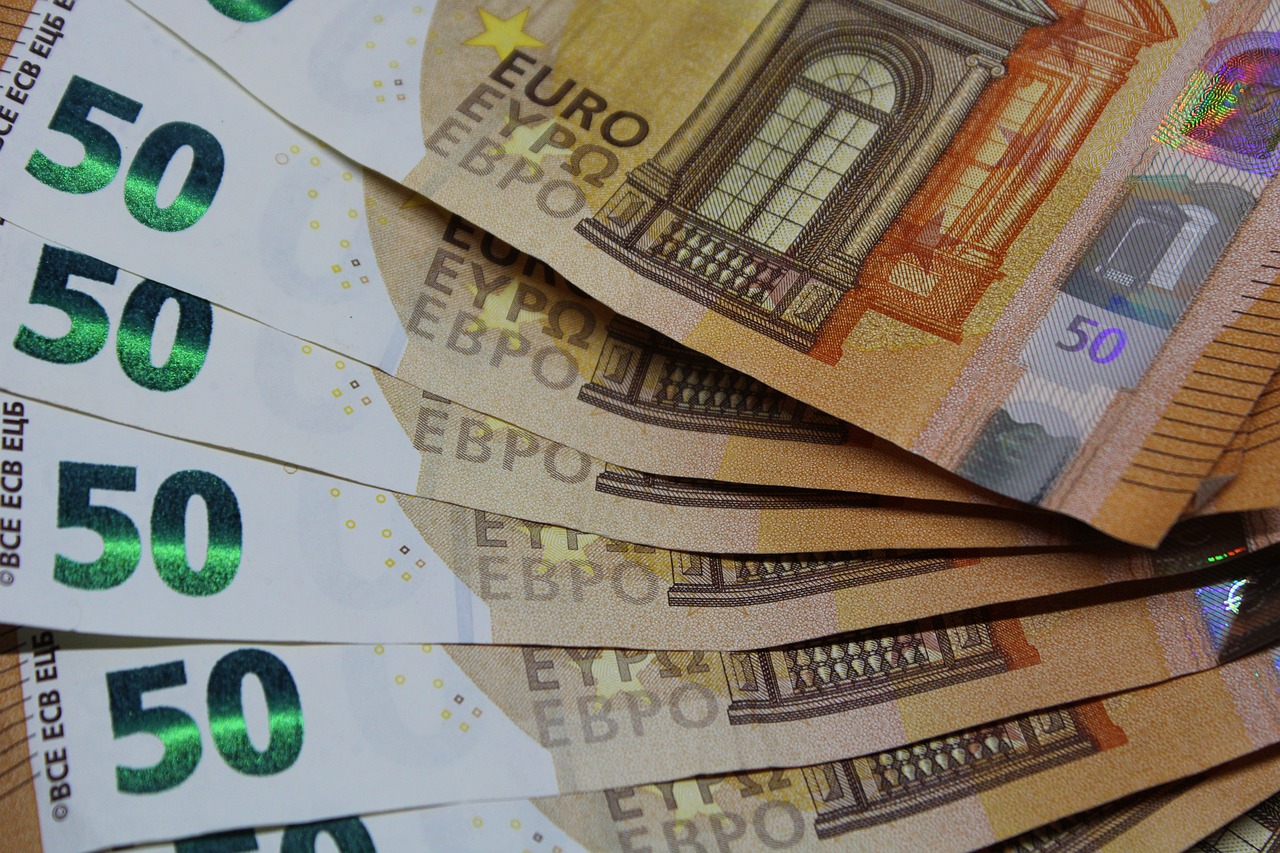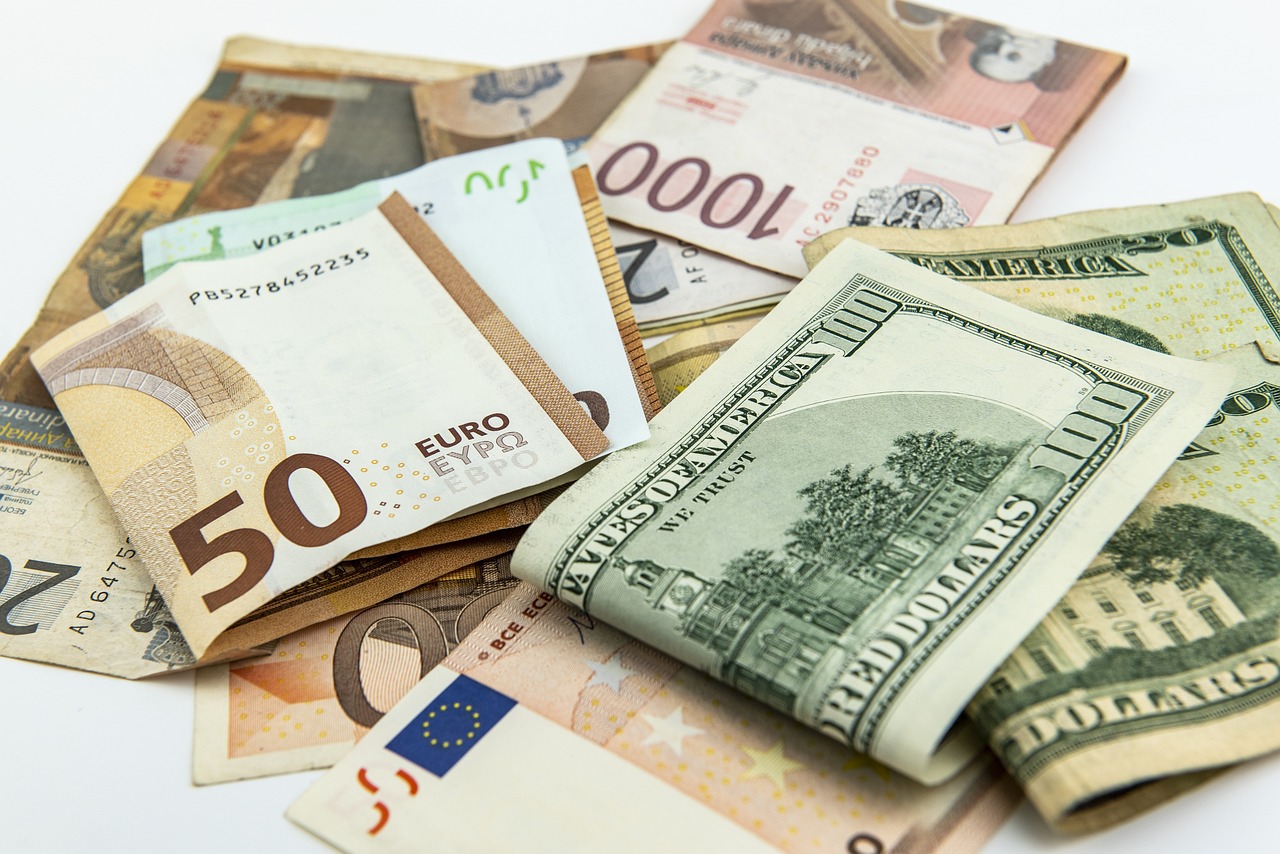Understanding Dollar-to-Euro Exchange: Tips, Risks, and Global Factors for Travelers
GPT_Global - 2025-10-20 19:30:34.0 93
How can I convert dollars to euros using an online currency converter?
In today's global economy, converting dollars to euros is a common necessity for both individuals and businesses. Whether you’re planning to travel, send money overseas, or make international purchases, using an online currency converter can make this process easy and quick. Online tools provide accurate exchange rates and help you avoid costly fees from traditional banks.
To convert dollars to euros using an online currency converter, simply enter the amount of dollars you wish to exchange. Most converters will automatically display the equivalent amount in euros based on real-time exchange rates. Popular websites like XE, OANDA, and Google Currency Converter are reliable and frequently updated with the latest rates.
For remittance businesses, offering an integrated currency converter on your website can improve the customer experience. It allows clients to track and calculate the exchange rates before sending money abroad. By providing transparency and convenience, businesses can build trust and boost customer satisfaction in international transactions.
Remember, exchange rates fluctuate, so always check for the most accurate and up-to-date figures when converting dollars to euros. Using an online converter ensures you get the best deal possible without the hassle of manual calculations.

What are the risks associated with currency exchange when traveling to Europe?
The risks associated with currency exchange when traveling to Europe can significantly impact travelers' finances. One of the primary concerns is fluctuating exchange rates, which can lead to unexpected costs when converting money. Travelers may unknowingly exchange their currency at unfavorable rates, resulting in reduced purchasing power.
Another risk is the high fees associated with currency exchange at airports, hotels, or local exchange booths. These locations often offer less competitive rates and charge additional service fees, making your exchange costlier. It's advisable to avoid exchanging large sums of money in such areas.
Additionally, some travelers may fall victim to fraudulent currency exchange schemes. Unregulated exchange offices or online platforms may offer attractive rates but provide counterfeit or low-value currency. To avoid this, always choose reputable exchange services and be cautious when using unfamiliar providers.
Finally, credit cards and ATMs can impose foreign transaction fees, which can add up quickly if used frequently. Researching your bank's policies and using ATMs with low or no withdrawal fees is a wise strategy to minimize these risks.
By understanding and managing these risks, travelers can avoid unnecessary costs and ensure a more affordable and secure trip to Europe.
How is the dollar-to-euro exchange rate shown in foreign exchange markets?
The dollar-to-euro exchange rate is a key indicator in the global foreign exchange (Forex) market, showing how much one U.S. dollar is worth in euros. This rate is typically displayed as a currency pair—USD/EUR—where the first currency (USD) is the base and the second (EUR) is the quote currency. For example, if the rate is 0.92, it means one U.S. dollar equals 0.92 euros.
In foreign exchange markets, this rate fluctuates constantly due to economic data, interest rates, and global trade activities. Traders and remittance companies monitor real-time updates on financial platforms, banks, and money transfer apps. Understanding these rates helps customers send money internationally at the best possible value.
For remittance businesses, displaying accurate and transparent USD/EUR rates builds customer trust and ensures fair conversions. Many online remittance platforms, such as Wise or Remitly, provide live exchange rates to show customers exactly how much money their recipients will receive. Staying informed about the dollar-to-euro rate helps users choose the most cost-effective and reliable transfer options.
What is the historical context of the euro surpassing the dollar in value?
The rise of the euro surpassing the dollar in value holds significant historical context, especially in global finance and remittance businesses. The euro was introduced in 1999, and since its inception, it aimed to create a stable and unified currency for the European Union. As economic growth in the EU steadily improved and the U.S. faced financial challenges, the euro's value gradually strengthened.
Over the years, the euro's rise has affected global markets, particularly in cross-border transactions and remittance flows. For remittance businesses, the strengthening of the euro means more favorable exchange rates for those sending money from the Eurozone to other parts of the world. This shift also impacts individuals who rely on remittances, as the value of their transfers can be influenced by currency fluctuations.
In the current global financial landscape, the euro's surge in value is reshaping international remittance corridors. As a result, businesses are increasingly focusing on providing more cost-effective and faster transfer options for customers sending money from the Eurozone. The historical rise of the euro emphasizes the importance of staying updated on currency trends for businesses operating in the remittance sector.
How do global oil prices impact the dollar-to-euro exchange rate?
Global oil prices play a significant role in influencing currency exchange rates, especially between major currencies like the US Dollar (USD) and the Euro (EUR). As the US is one of the largest oil producers and consumers, fluctuations in oil prices can have a direct impact on the dollar's value. When oil prices rise, the US dollar often strengthens due to increased demand for the currency in international trade. This, in turn, can affect the dollar-to-euro exchange rate.
On the other hand, when oil prices fall, the US economy can experience slower growth, leading to a weakening of the dollar. This could make the Euro more valuable in comparison, altering the USD-EUR exchange rate. For remittance businesses, understanding the correlation between global oil prices and currency exchange is crucial for managing international transfers effectively.
For customers sending money abroad, the timing of their transactions can have a significant impact on the amount of currency they receive. Remittance providers must monitor global oil trends to offer the best possible rates, helping their clients maximize the value of their money transfers.
Why might the euro be more expensive than the dollar at certain times?
The euro (EUR) can sometimes be more expensive than the dollar (USD) due to various economic factors that influence currency exchange rates. These fluctuations are driven by supply and demand, interest rates, and economic performance within the Eurozone compared to the United States.
One key reason the euro might be more expensive than the dollar is the interest rate differential. When the European Central Bank (ECB) raises interest rates, it often makes the euro more attractive to investors, increasing demand and causing the value of the euro to rise relative to the dollar.
Another factor is economic performance. A strong economy in the Eurozone, marked by higher GDP growth or lower unemployment, can also lead to a stronger euro. Conversely, political instability or economic downturns can weaken the euro, making the dollar stronger in comparison.
For businesses involved in remittances, understanding these exchange rate fluctuations is essential to providing competitive rates to clients sending money internationally. By monitoring currency trends, remittance services can help customers navigate the changes in conversion rates and avoid unnecessary costs.
How does the dollar perform against the euro compared to other major currencies?
The U.S. dollar’s performance against the euro remains a key indicator for global remittance trends. In recent months, the dollar has shown relative strength compared to the euro, supported by higher U.S. interest rates and steady economic growth. For remittance businesses, this means that transfers from the U.S. to Eurozone countries may offer more favorable exchange rates for senders, increasing the real value of each dollar sent abroad.
Compared to other major currencies like the British pound, Japanese yen, and Canadian dollar, the euro has shown moderate volatility. While the yen has weakened significantly, the euro’s movements against the dollar have been more stable. This stability is beneficial for remittance companies, as it helps maintain predictable exchange margins and minimizes risks associated with currency fluctuations.
For individuals sending money overseas, monitoring the dollar’s performance against the euro and other currencies can lead to smarter transfer timing and better conversion rates. Remittance providers that offer real-time rate alerts and competitive fees can help customers maximize their remittance value amid global currency shifts.
How do international tourists from Europe convert their euros to US dollars?
For international tourists from Europe planning to visit the United States, converting euros to US dollars is an essential part of their trip. Whether it's for shopping, dining, or sightseeing, knowing the best way to exchange currency can save time and money.
One of the most popular and convenient methods for converting euros to US dollars is through exchange services at banks, airports, or currency exchange counters. However, these options can often come with higher fees and less favorable exchange rates.
Another alternative is using remittance services, which provide a cost-effective and efficient way to convert currency. These services typically offer better exchange rates, lower fees, and the flexibility of transferring funds online, making them an ideal choice for tourists looking to convert euros to dollars before their trip.
Additionally, many remittance providers allow users to send money directly to a US-based account, allowing recipients to withdraw cash or make payments in dollars. With such options, tourists can enjoy a hassle-free conversion experience and focus more on their travels.
About Panda Remit
Panda Remit is committed to providing global users with more convenient, safe, reliable, and affordable online cross-border remittance services。
International remittance services from more than 30 countries/regions around the world are now available: including Japan, Hong Kong, Europe, the United States, Australia, and other markets, and are recognized and trusted by millions of users around the world.
Visit Panda Remit Official Website or Download PandaRemit App, to learn more about remittance info.


